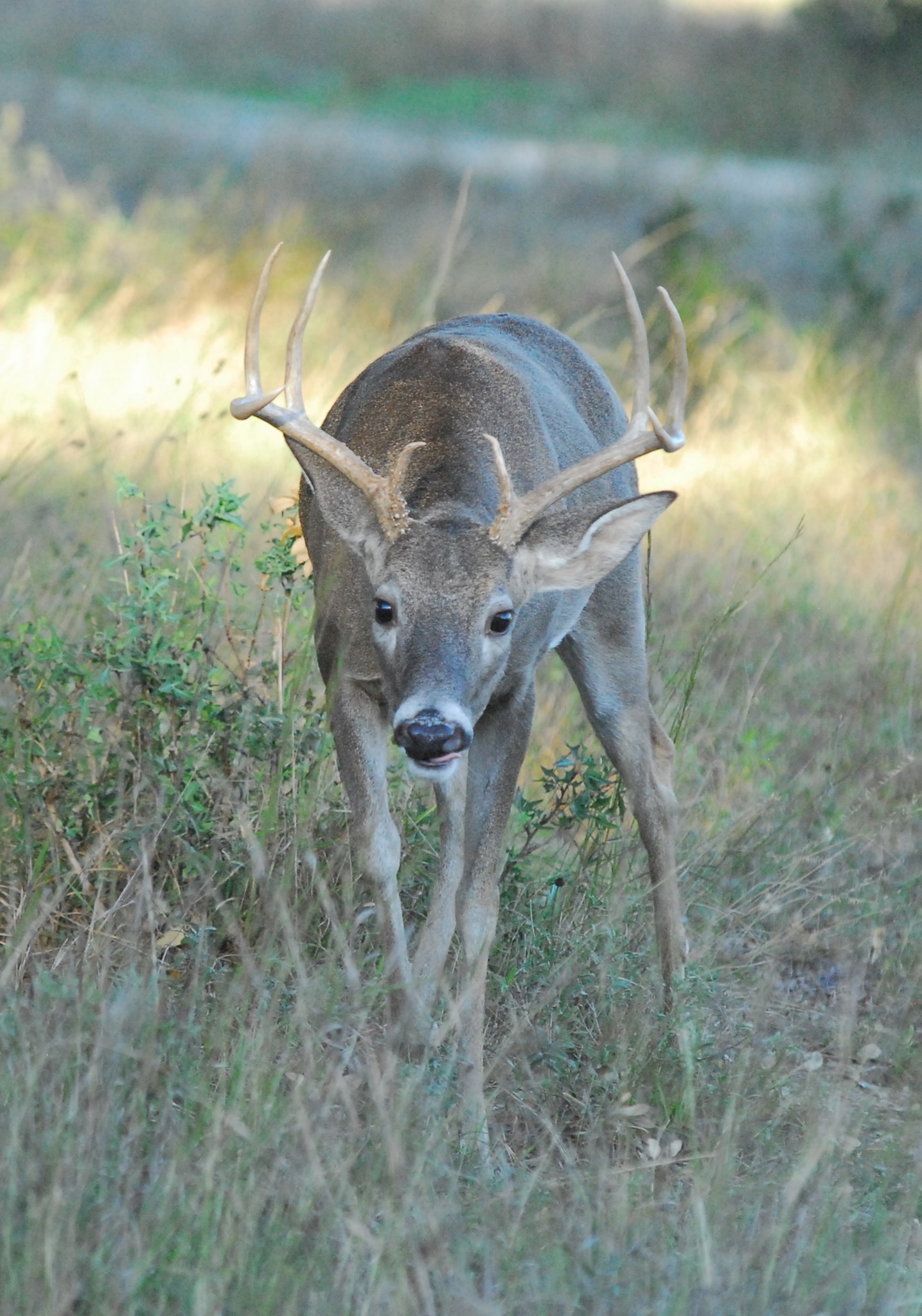Forward Thinking: The first (of several) looks at the 2025 Deer Season
Published 2:54 pm Saturday, July 12, 2025
Yes, it is deer season. To a Texas deer hunter when is it not deer season?
Even though the first day to shoot is still a couple of months away, deer hunters are always curious about the prospects ahead. The big view, according to the Texas Parks and Wildlife Department, is that range conditions are better this year over last statewide, but because of long-term drought conditions that is not saying a lot for everyone.
“Although the majority Texas is not experiencing drought conditions as summer begins, this spring did not green up as many hunters had hoped for,” explained Blaise Korzekwa, TPWD deer program leader. “There were certainly portions of the state that received timely rains, but in late March, over 80 percent of the state was classified under drought conditions. Areas in the Cross Timbers, Pineywoods, and Post Oak Savannah were the rainfall winners and should expect an above-average deer season.”
Trending
He added the Edwards Plateau, or Hill Country, and South Texas, however, remained in drought conditions. Those regions did see some vegetation growth in the form of woody plants, so it will not be a complete washout.
Korzekwa made a special mention of the devasting rains and floods in the Hill Country over the July 4th weekend. While deer forecasts seem unimportant compared to the loss of human life, it should be noted that the flooding had limited impact on the deer population region-wise and probably only a limited impact locally. Some fawns and others were probably lost to the quickly rising water, but in most cases the animals should have been able to move in time to escape.
That said, Texas still has a big deer herd that is dynamic in good years and bad.
“Texas has a strong white-tailed deer population that is still able to flourish in average conditions. Following an 11-year high fawn recruitment of 47 percent in 2024, the Texas deer population has climbed to 5 million white-tailed deer and is recovering from the severe drought conditions three years ago,” Korzekwa said.
That is a 6.6 percent increase over 2023’s total of 4.7 million deer.
“Back-to-back years of above-average fawn recruitment helped boost the population and will aid in the age structure of Texas’ deer population for years to come. The five-year-average statewide fawn recruitment is 37,” Korzekwa said.
Trending
Here are some more numbers. Statewide adult sex ratios show an estimated 3.7 does per buck, up slightly from a five-year average of 3.4:1, and the highest on record the last two years. The increase is not a good trend.
“Although improved during the 2024-25 season, statewide deer harvest continues to be skewed towards bucks and contributes to the skewed doe to buck ratio. Big Game Harvest Survey results indicated 425,529 or 51 percent bucks and 411,480 49 percent does were harvested in 2024,” Korzekwa said. That is not bad when you look at the historical numbers when there was little doe harvest because of the lack of interest or lack of season.
According to TPWD, last year’s overall harvest was up 13 percent over 2023. The jump was due in part to an increase in the deer population and slight increase in the antlerless harvest. Of course, other factors that can count are weather conditions during the season and hunter numbers.
Sixty-seven percent of hunters were successful last season taking an estimated 7.4 deer per thousand acres statewide. While there are those who think deer hunting is like shooting fish in a barrel, the lack of success can be contributed to a lot of factors from hunting where there just are not deer, not seeing the right deer for harvest or just simply not wanting to pull the trigger.
It may seem that everyone in Texas is a deer hunter, but the truth is the department’s survey shows hunter densities relatively low at 6.7 per 1,000 acres. Some popular areas like the Cross Timbers, Edwards Plateau and Pineywoods regions are more crowded with hunter numbers estimated at 8.4 to 9.5 per 1,000 acres. There is no surprise these are the areas with higher deer numbers and more hunting opportunities.
Korzekwa said he expects harvest trends to continue this fall.
“Trends in harvest success and hunter densities should be similar in 2025. Total harvest numbers are expected to be average or above average this season and the increase in the ratio of does per buck should produce plenty of opportunities for hunters to harvest does this season,” he said.
As for specific regions, there is a lot of summer to go. But the short answer is Hill Country numbers of older bucks should be up, but middle-aged down some.
Well-managed ranches in South Texas are always going to have mature bucks, but because of drought numbers could be down. Good rains this year should help antler production and fawn survival.
The Post Oak region has had good rainfall in the northern counties, but dry in the south.
There should be a good number of 5.5-year-old and older bucks.
In the Pineywoods, numbers have remained stable because of consistant fawn production recently. The number of older bucks, 5.5 and older, is expected to be up, but 3.5- and 4.5-year-olds could be down.
The Cross Timbers region generally has a stable to growing population, but this fall bucks in the 3.5 and younger age group should be down because of low recruitment in 2022. Older, big buck numbers on the other hand should be up.
Ok, it is just July, so this is something to think about. A more detailed regional look is coming.
— Contact Steve Knight at outdoor@tylerpaper.com








